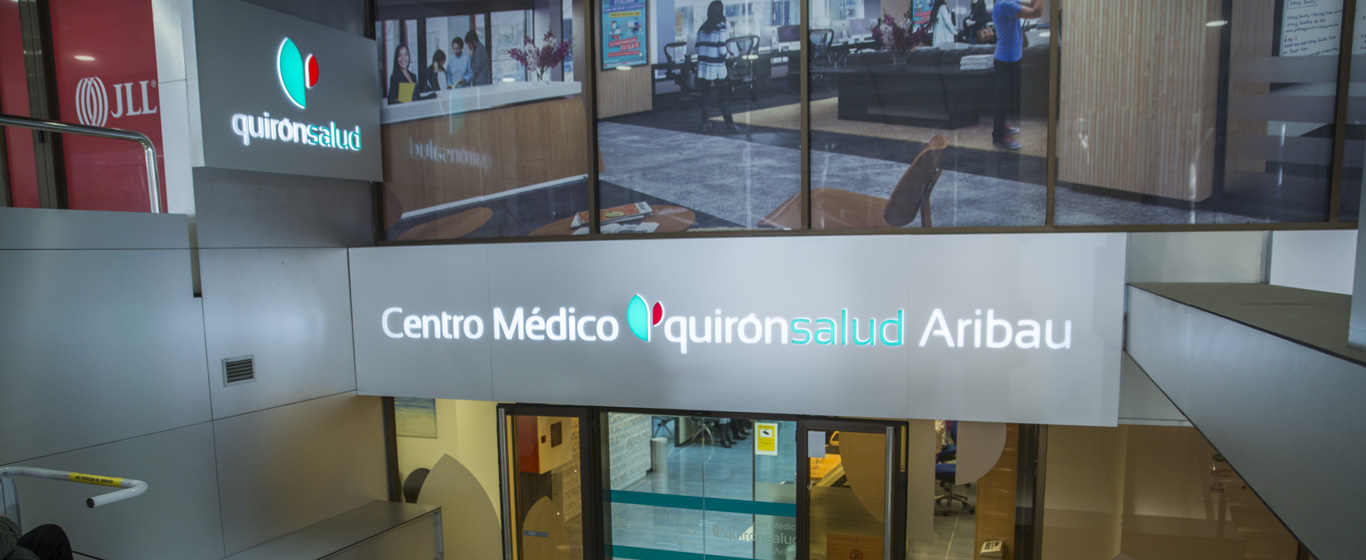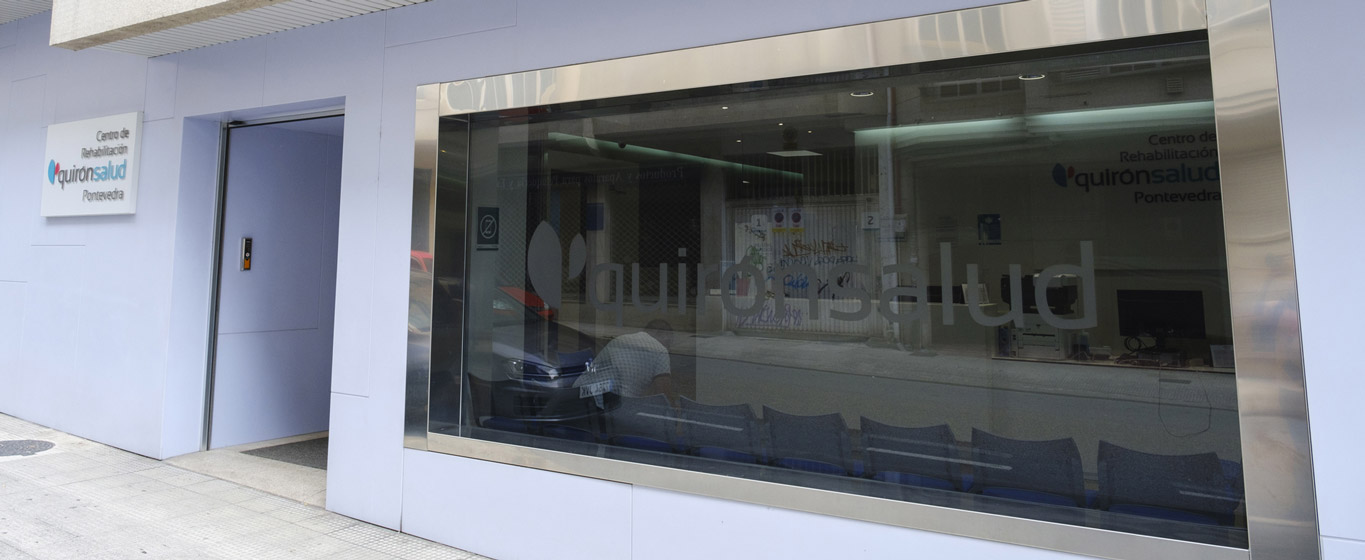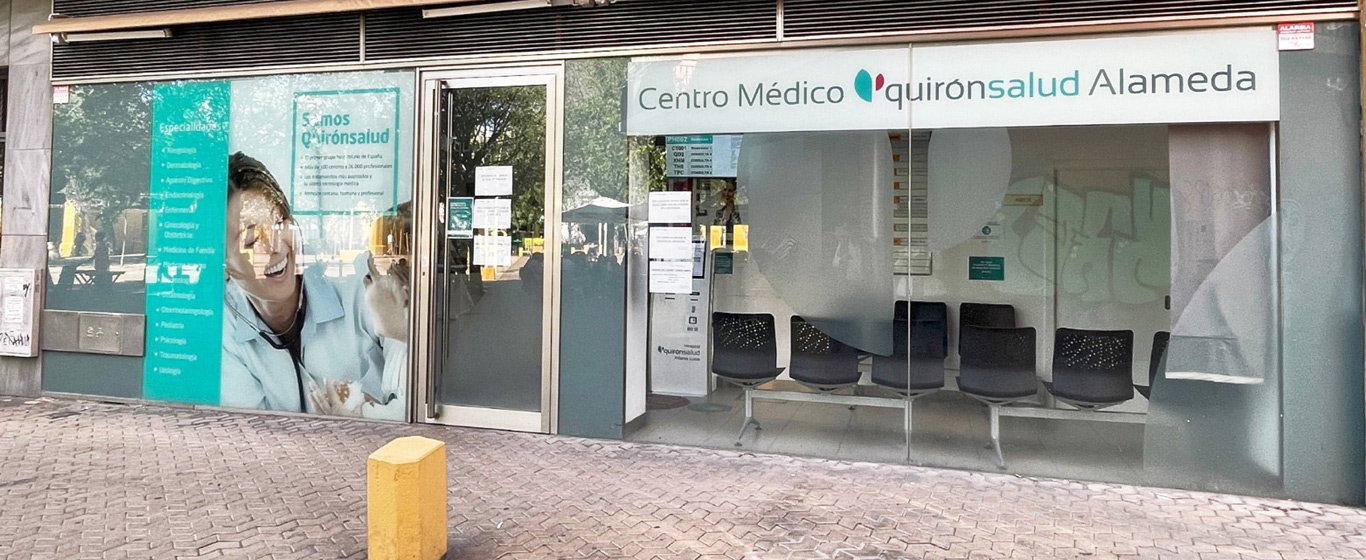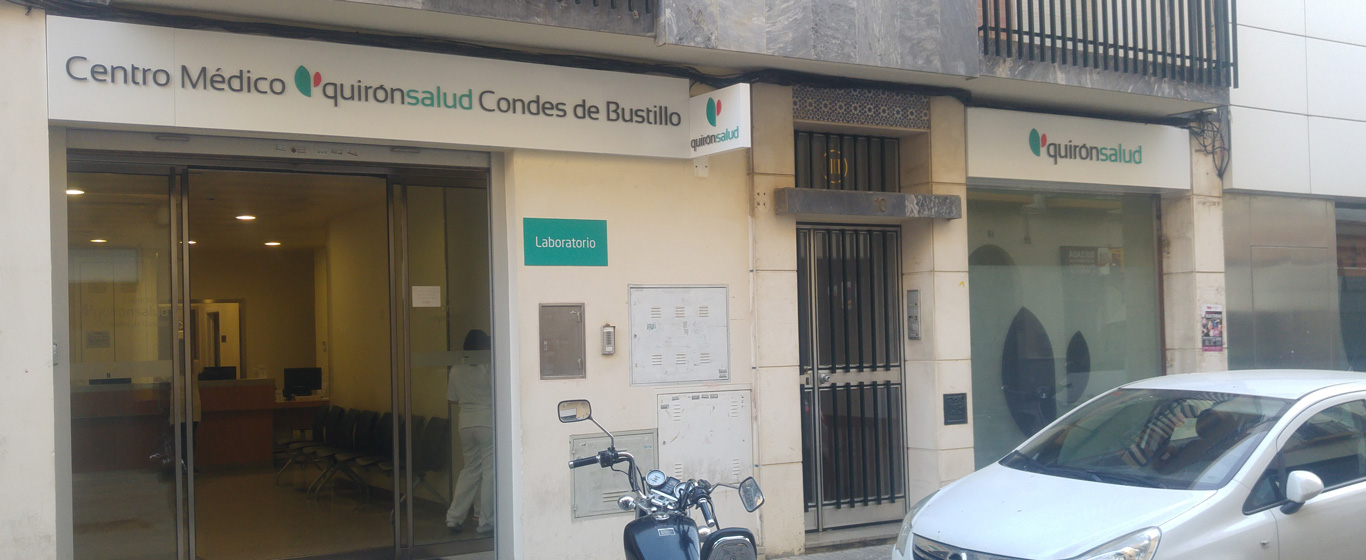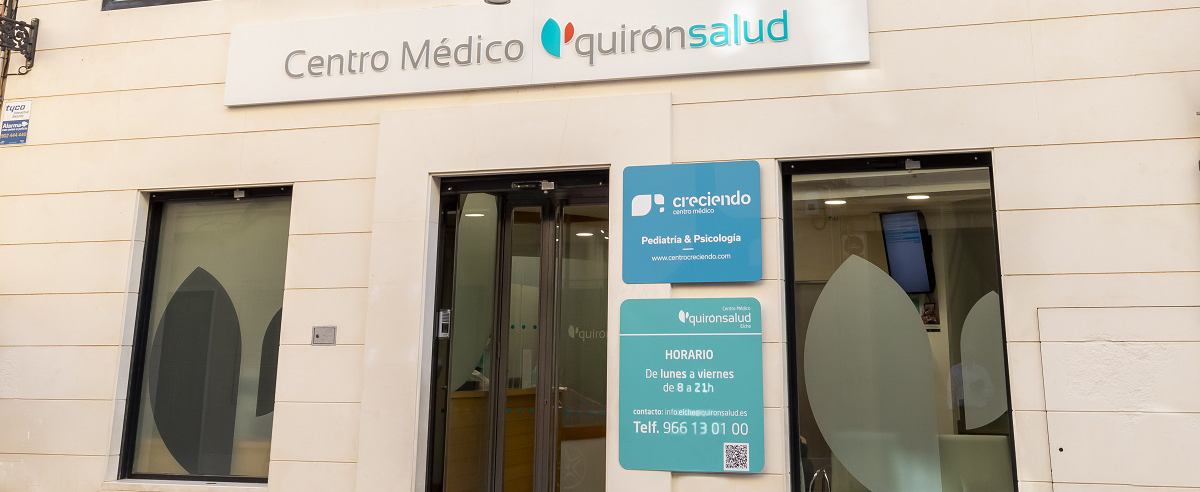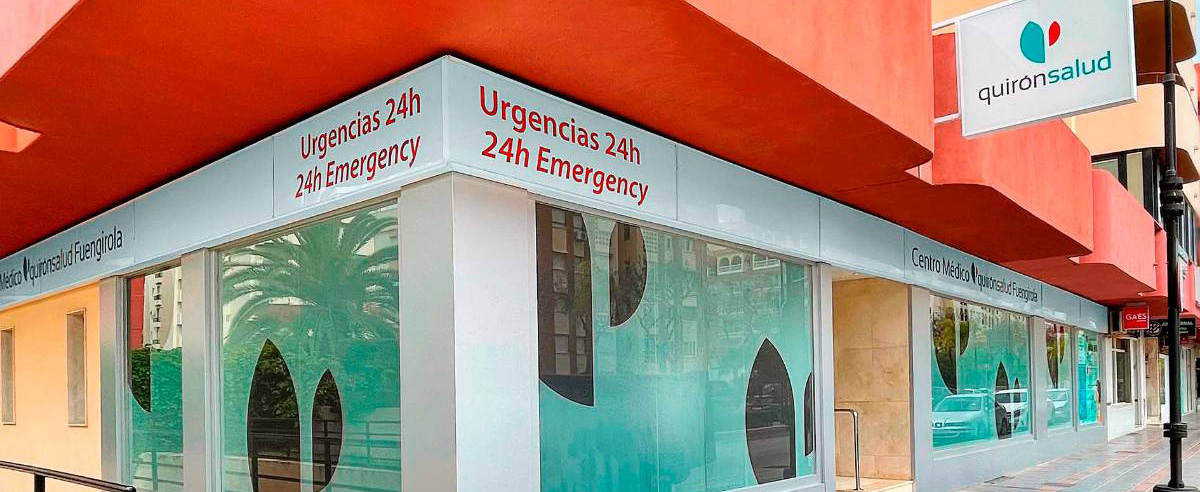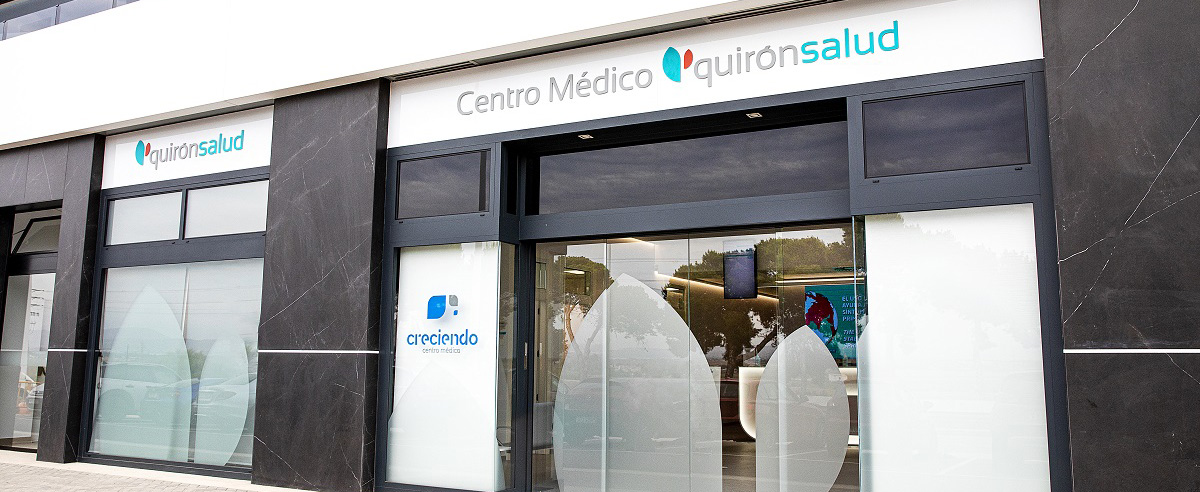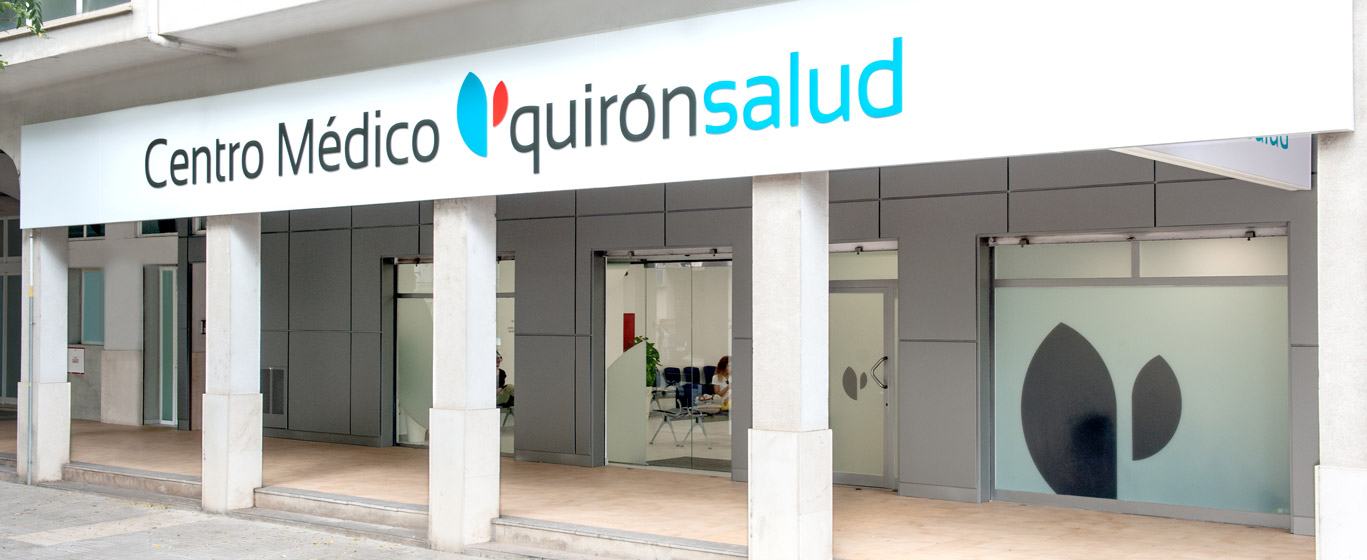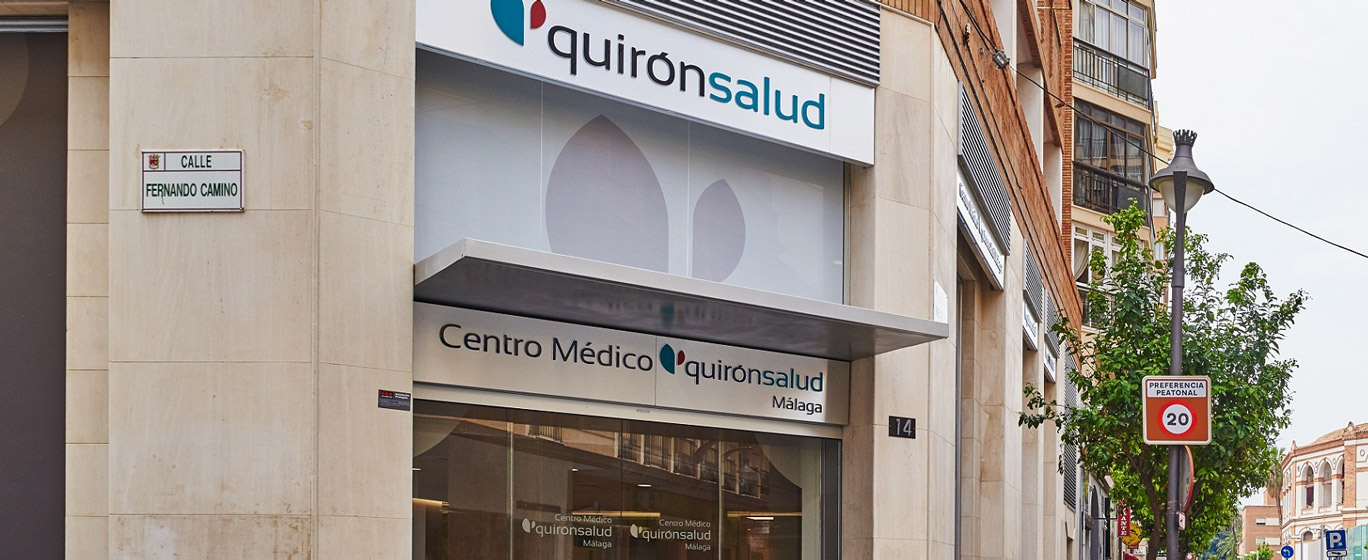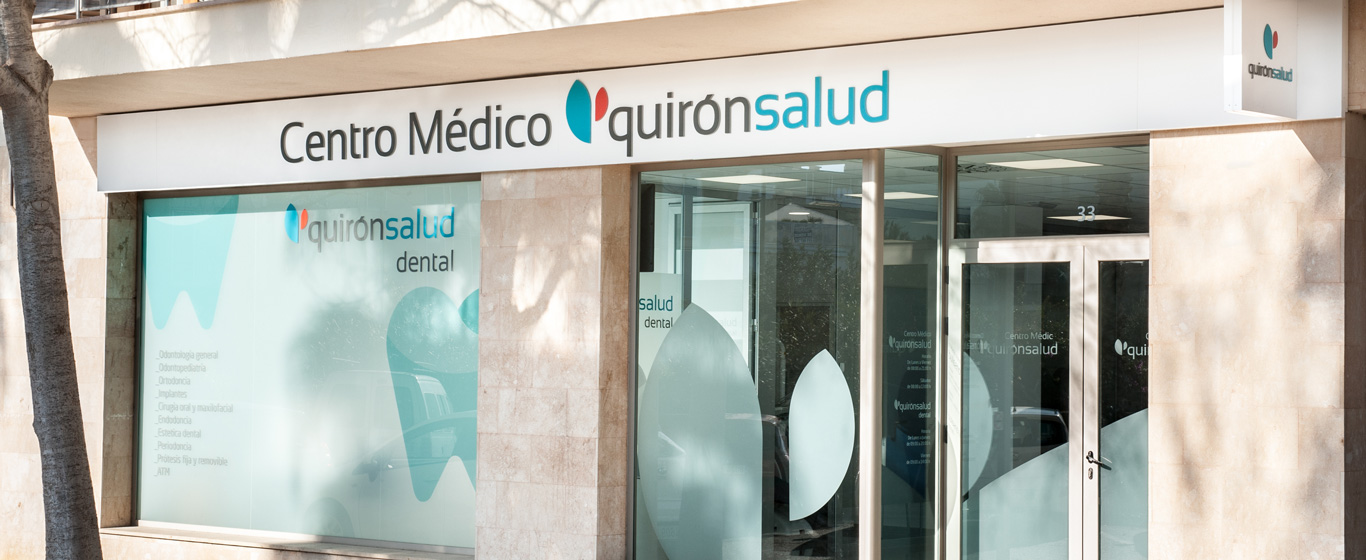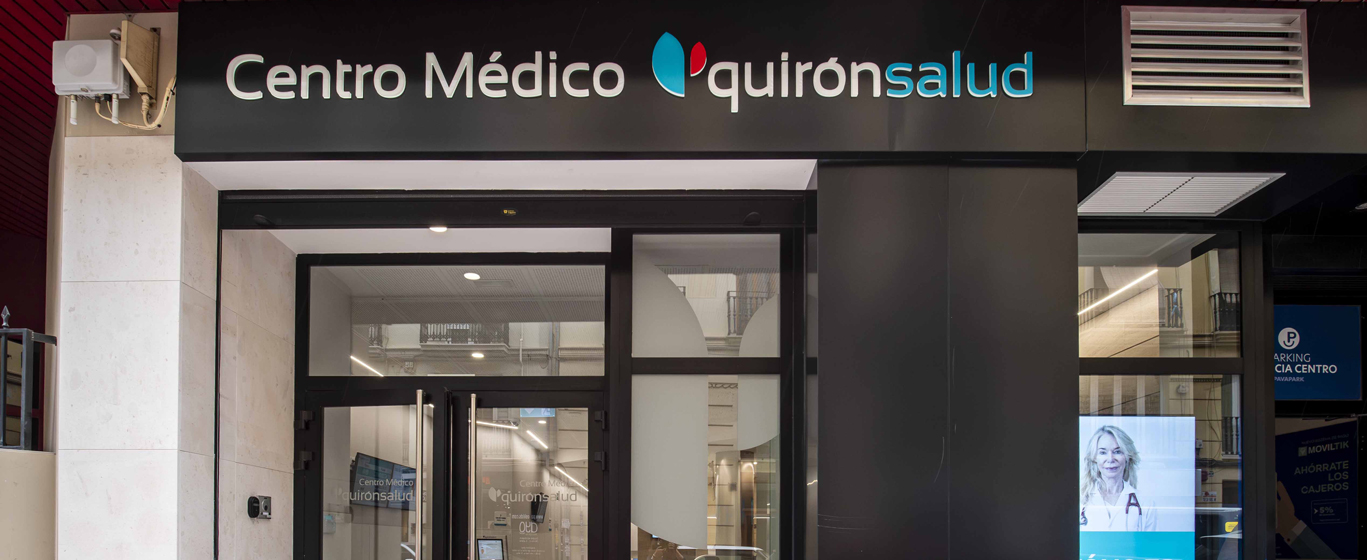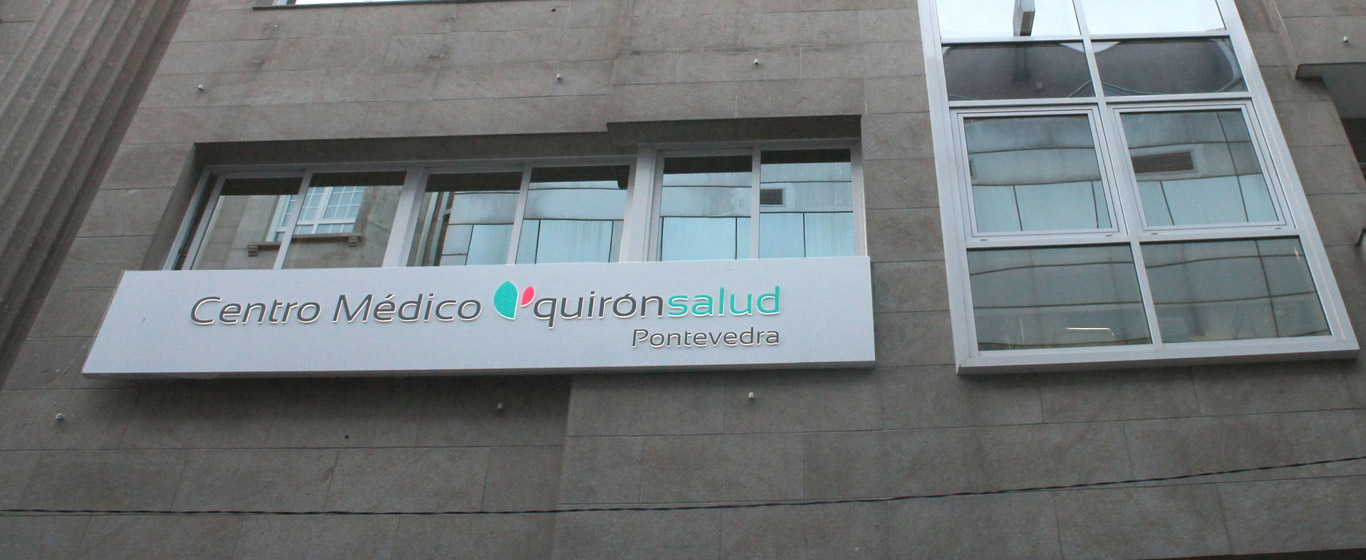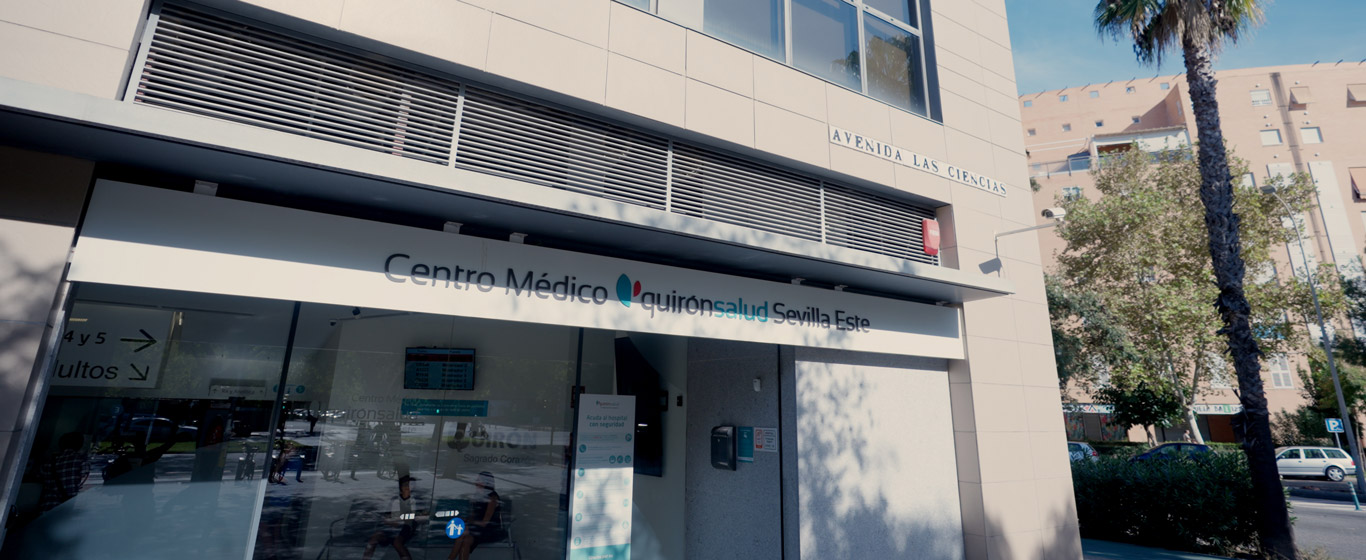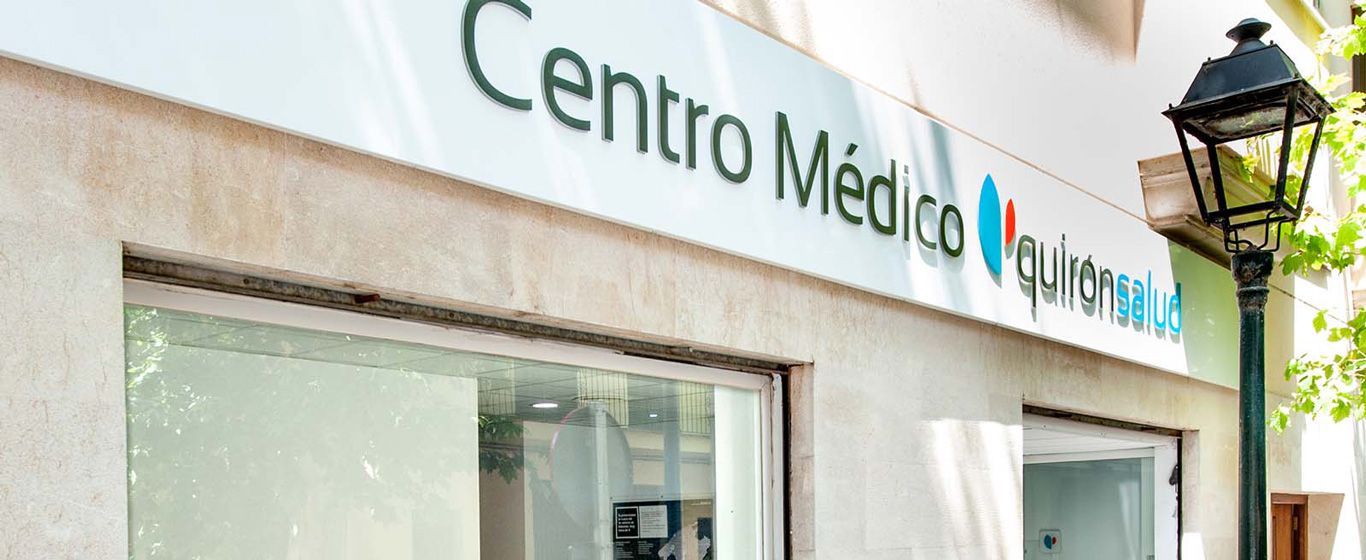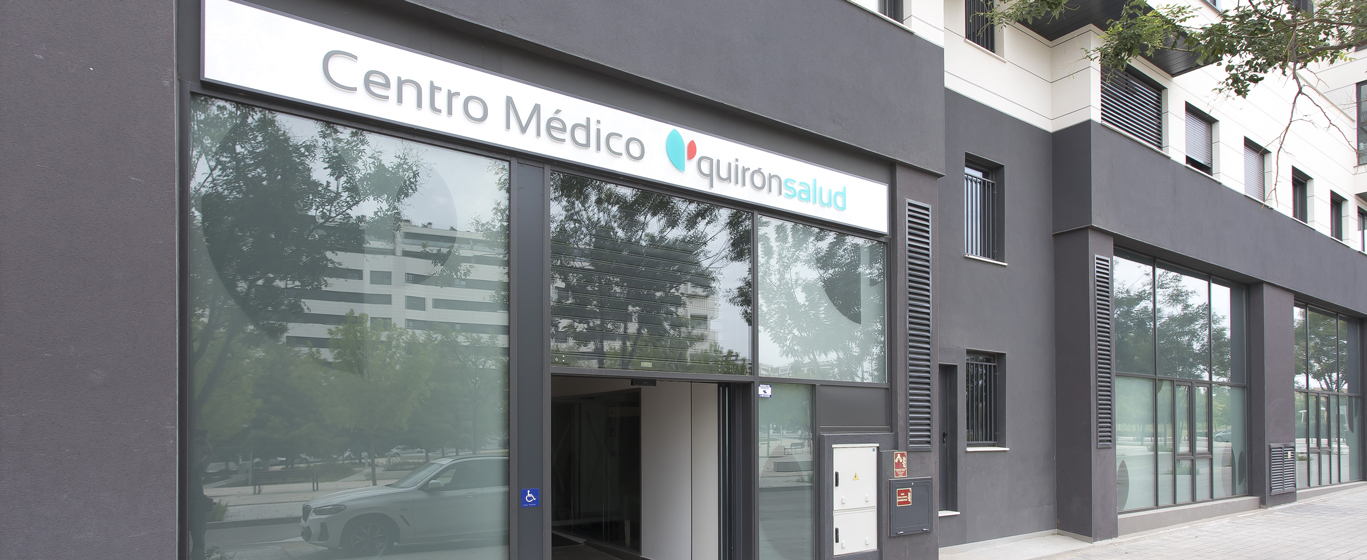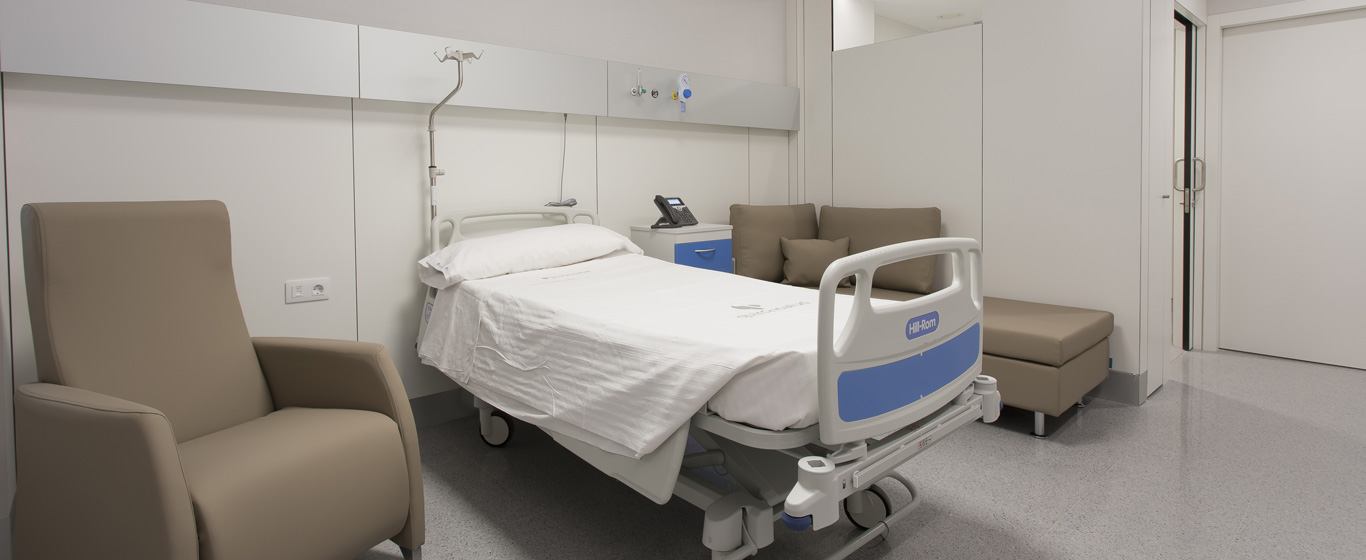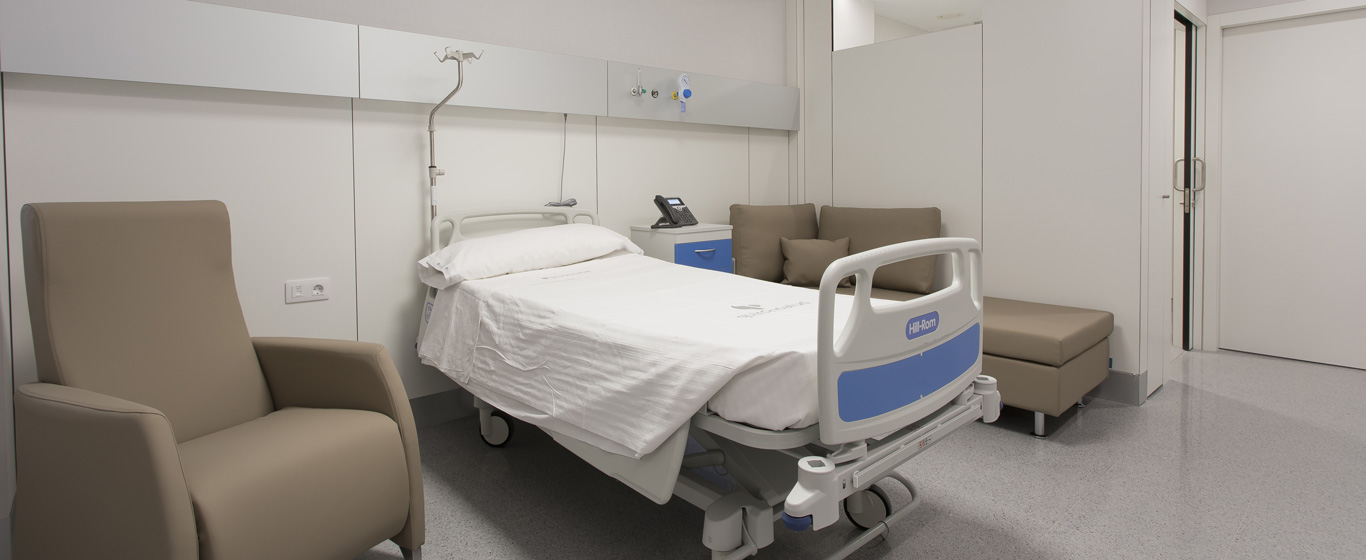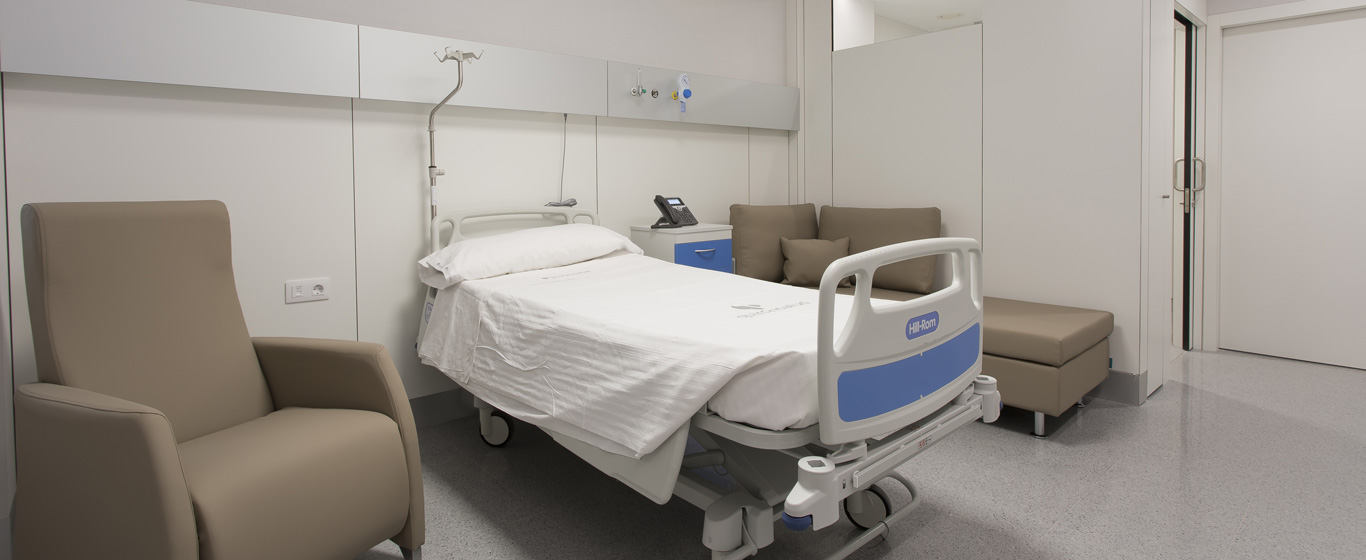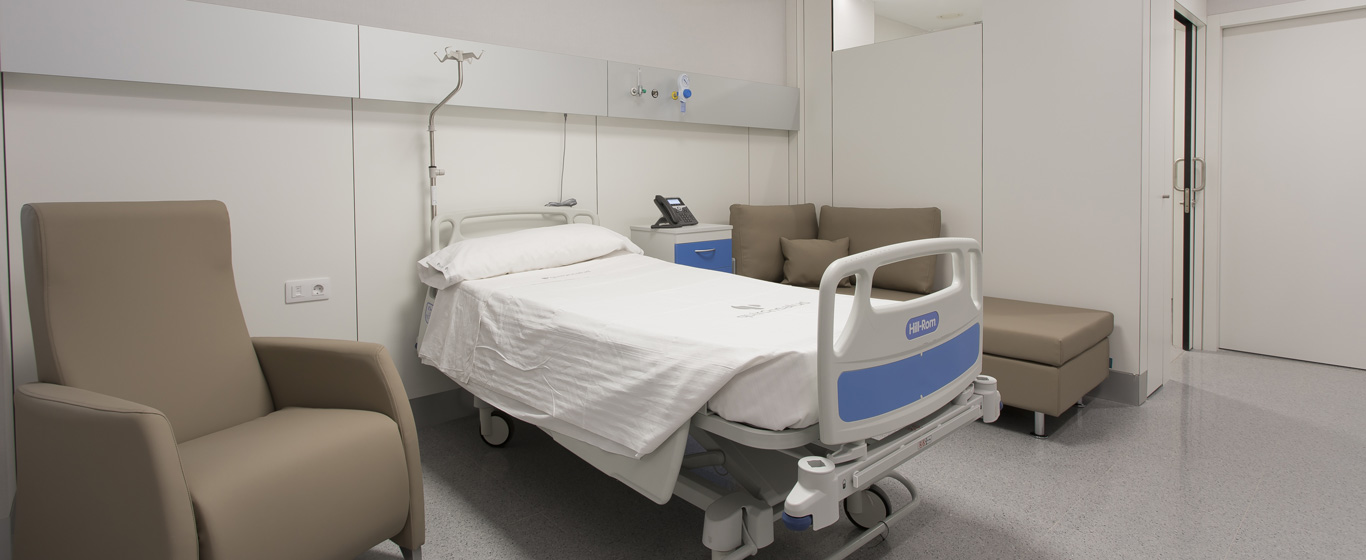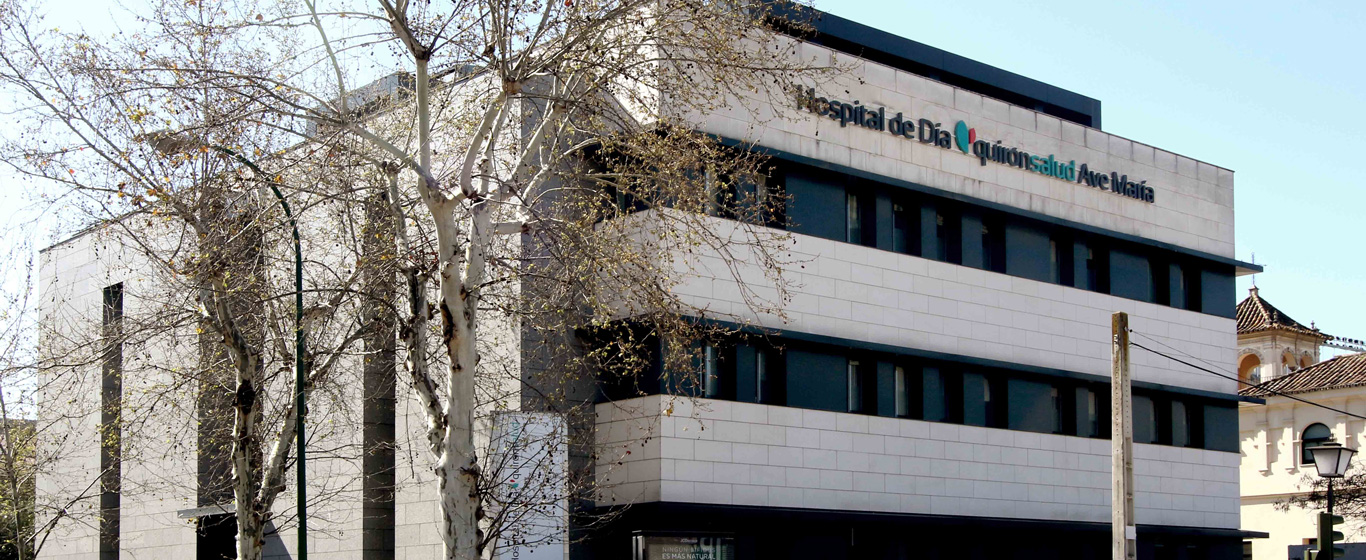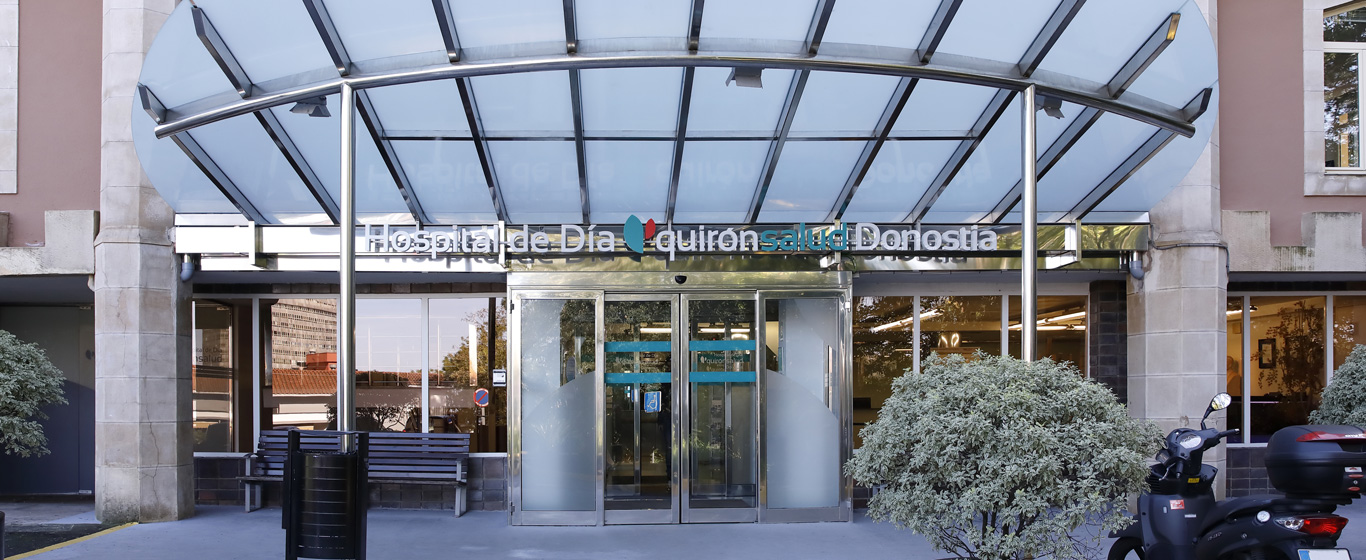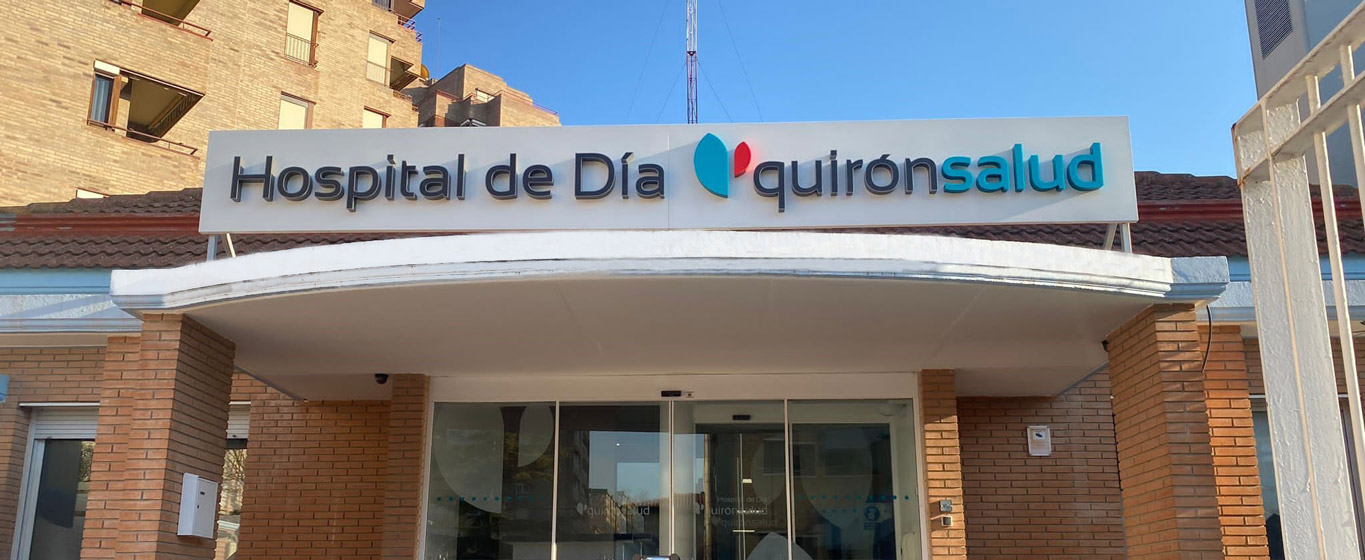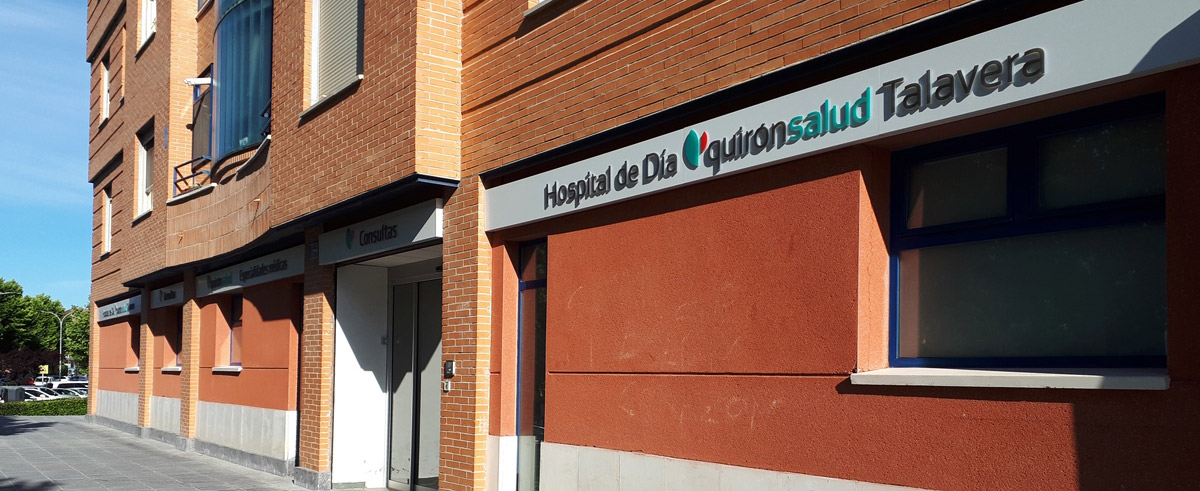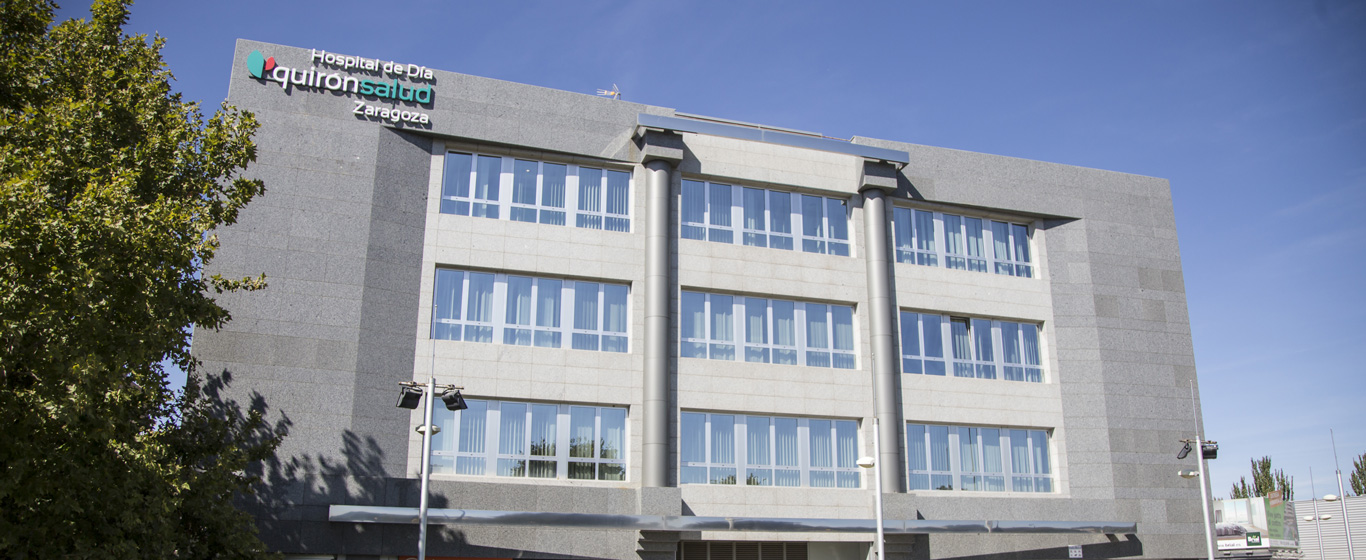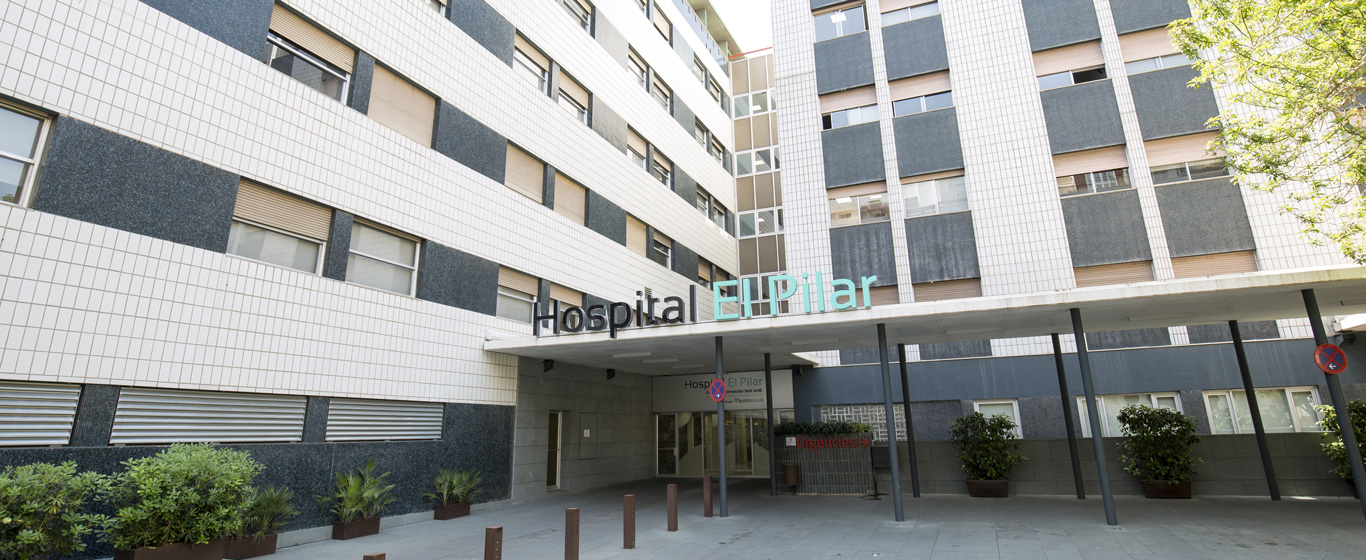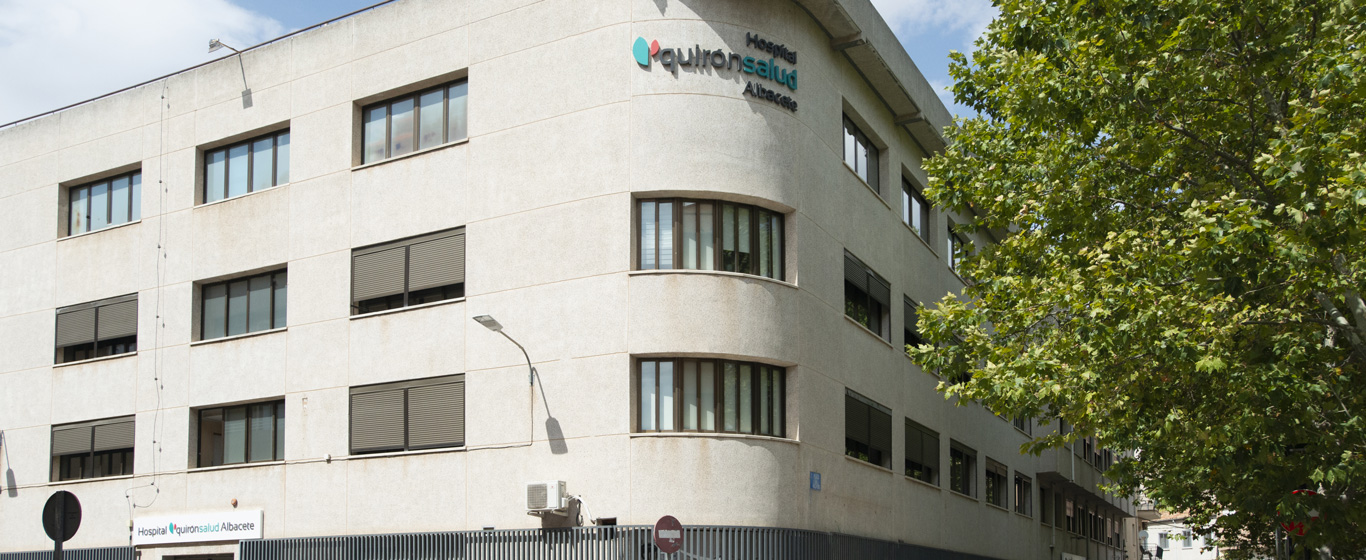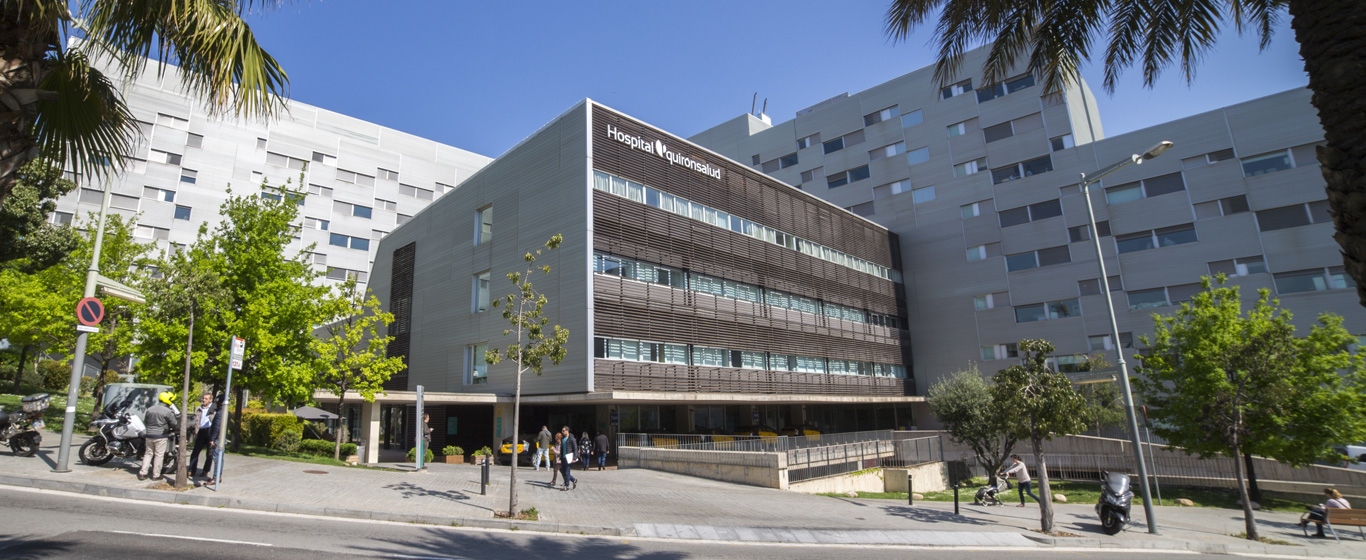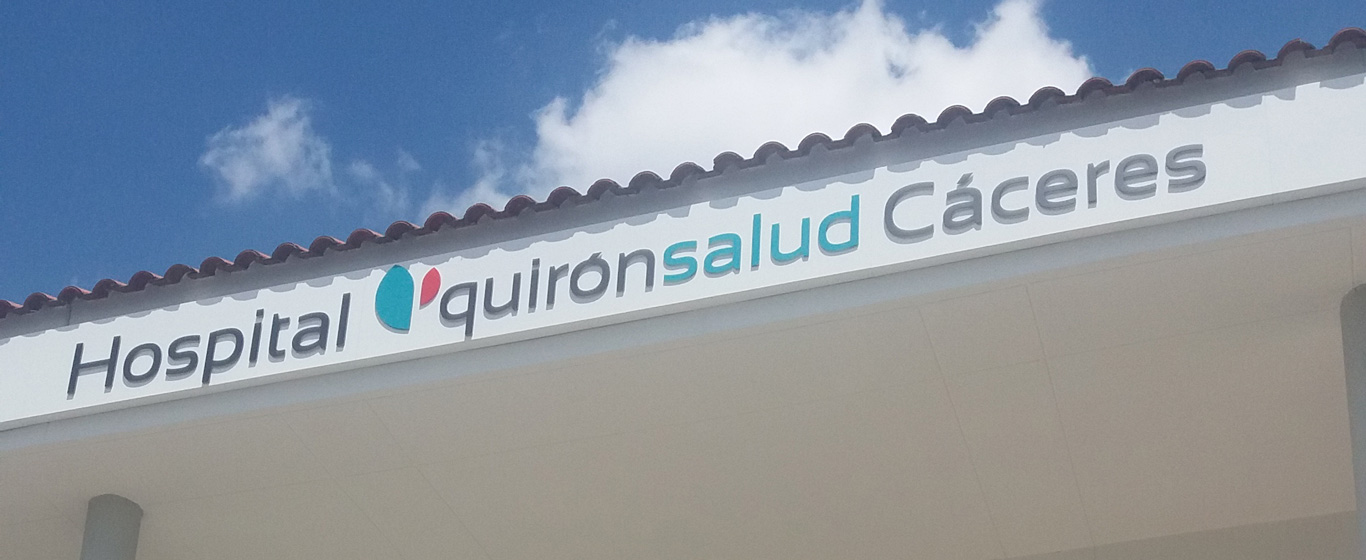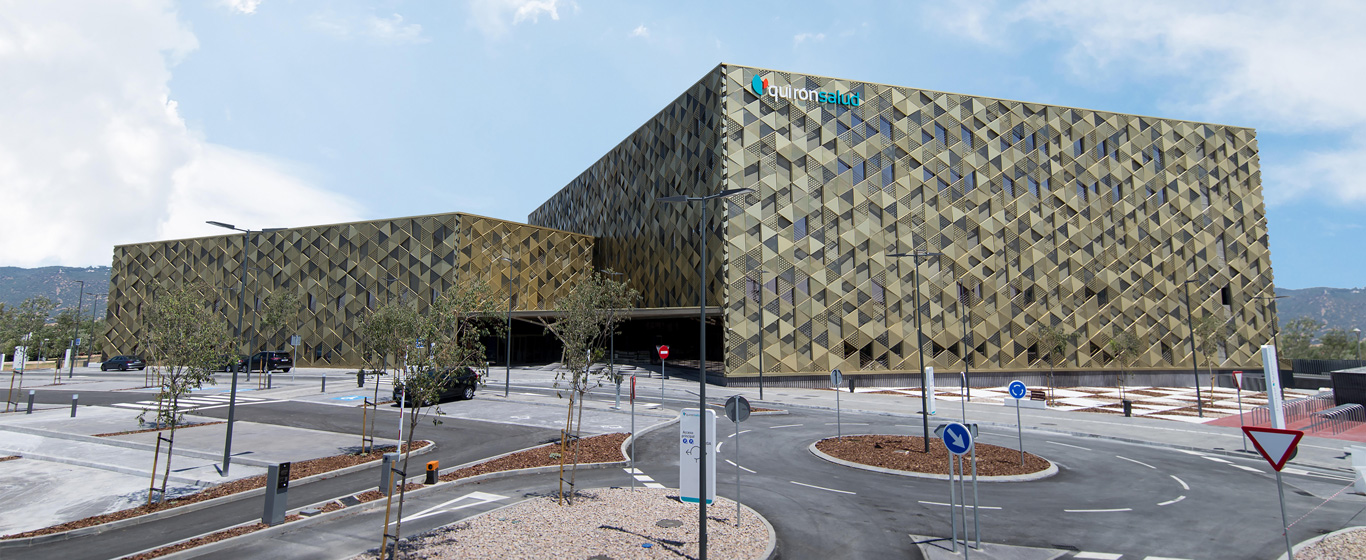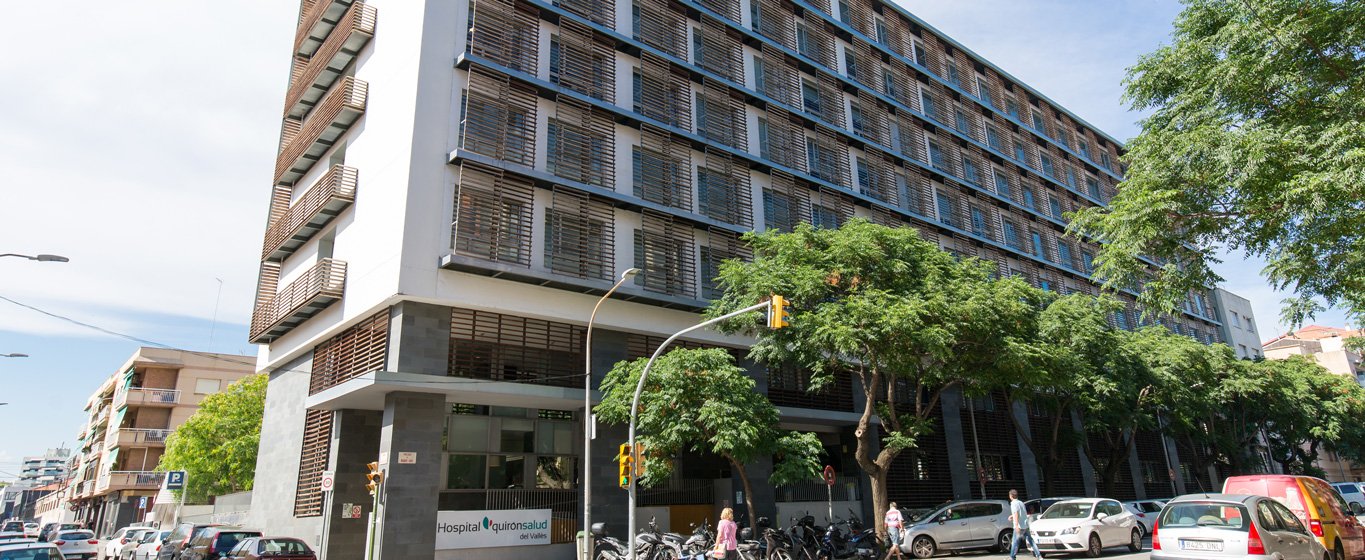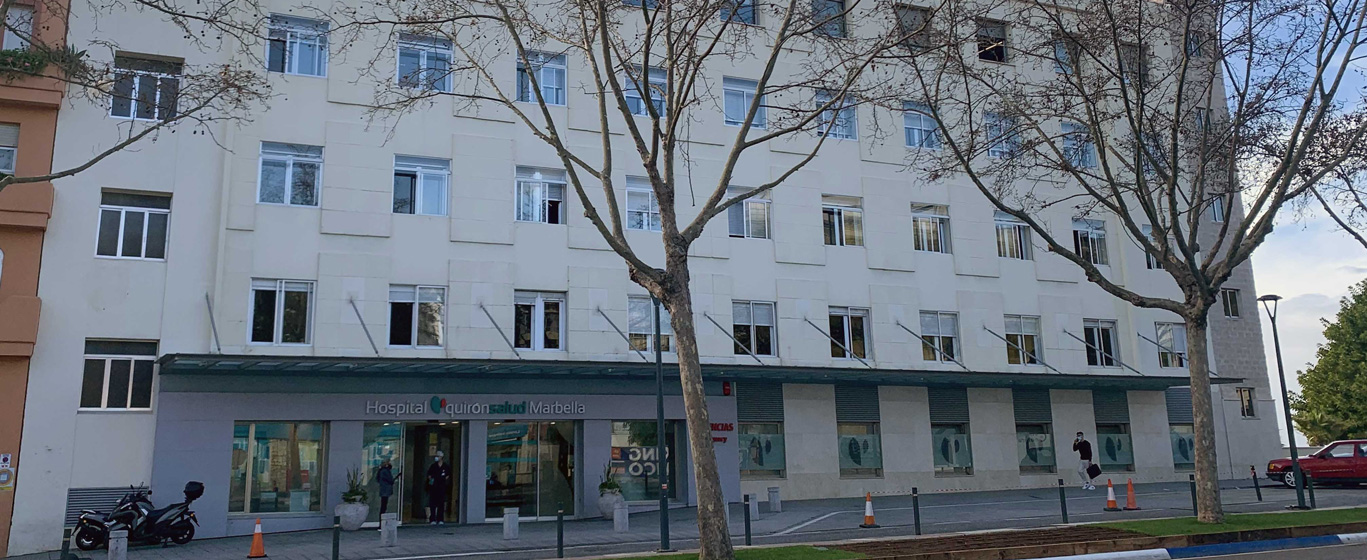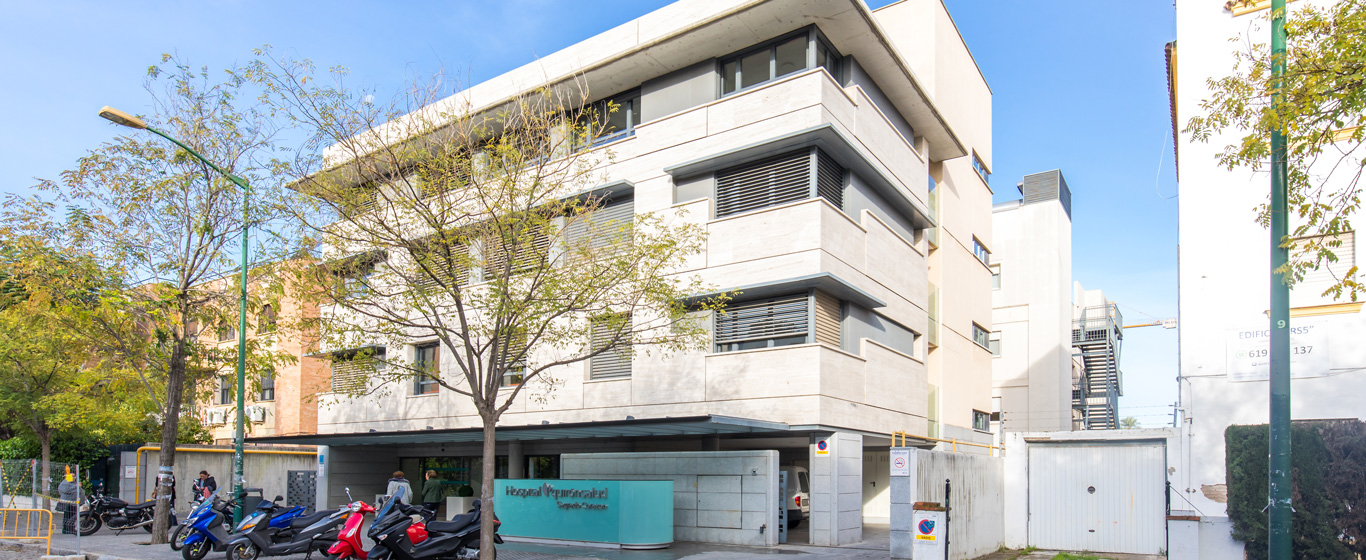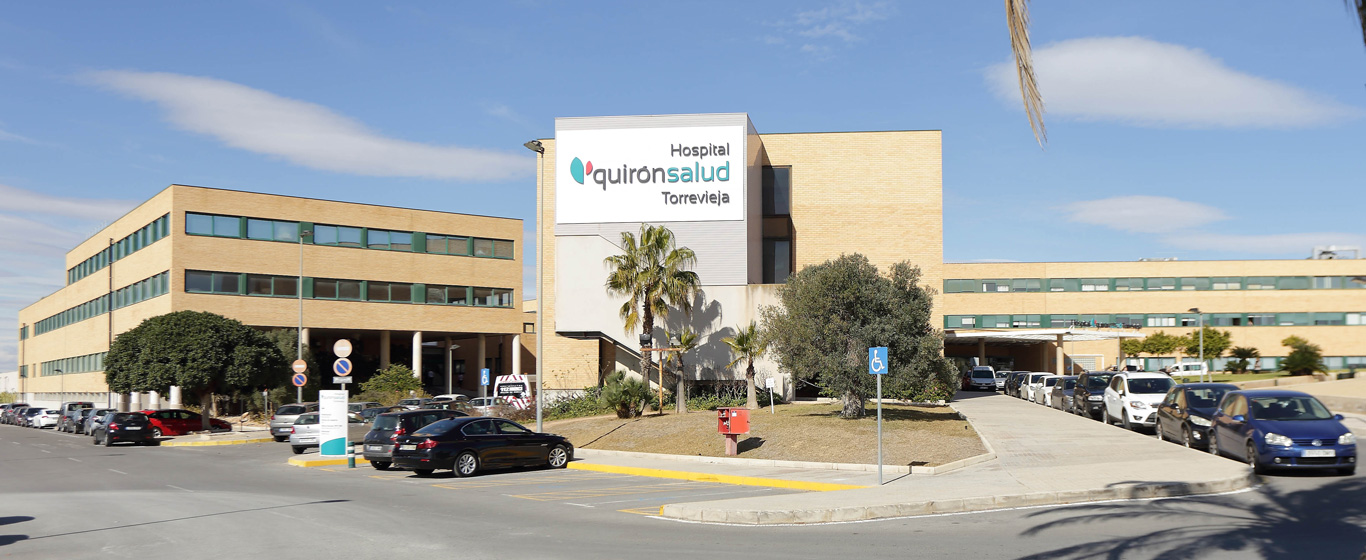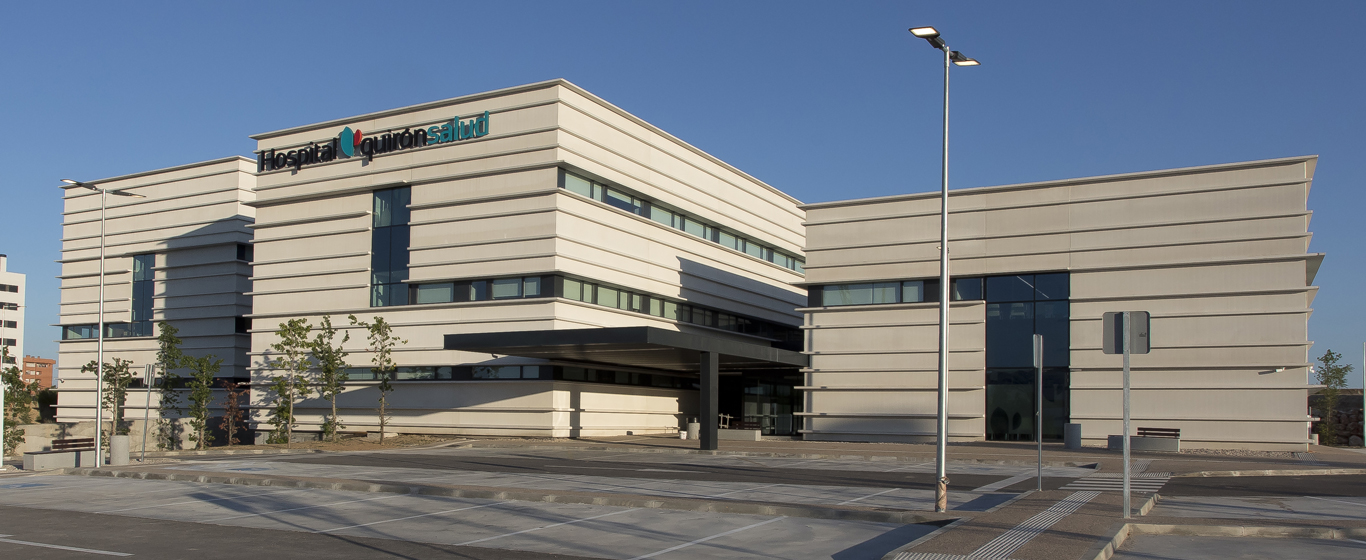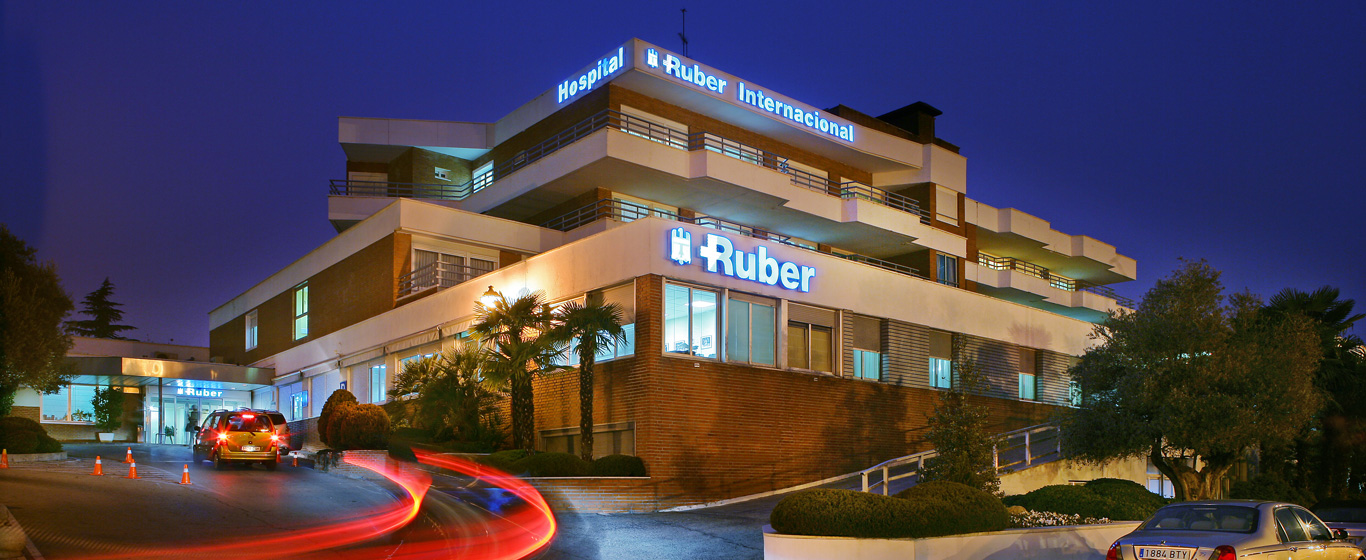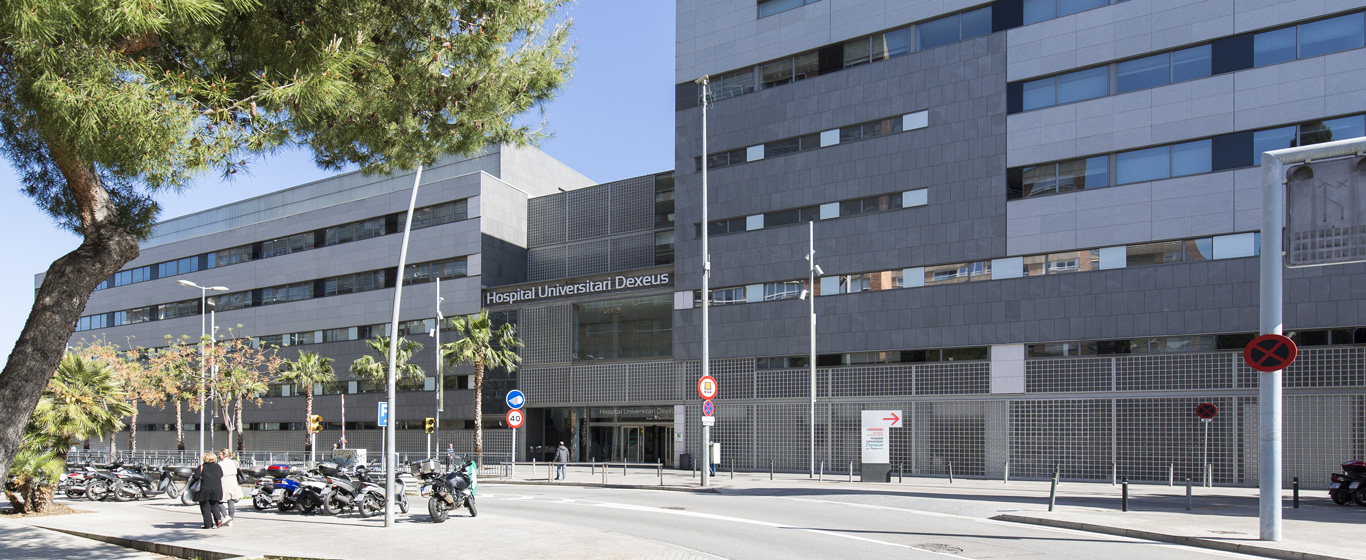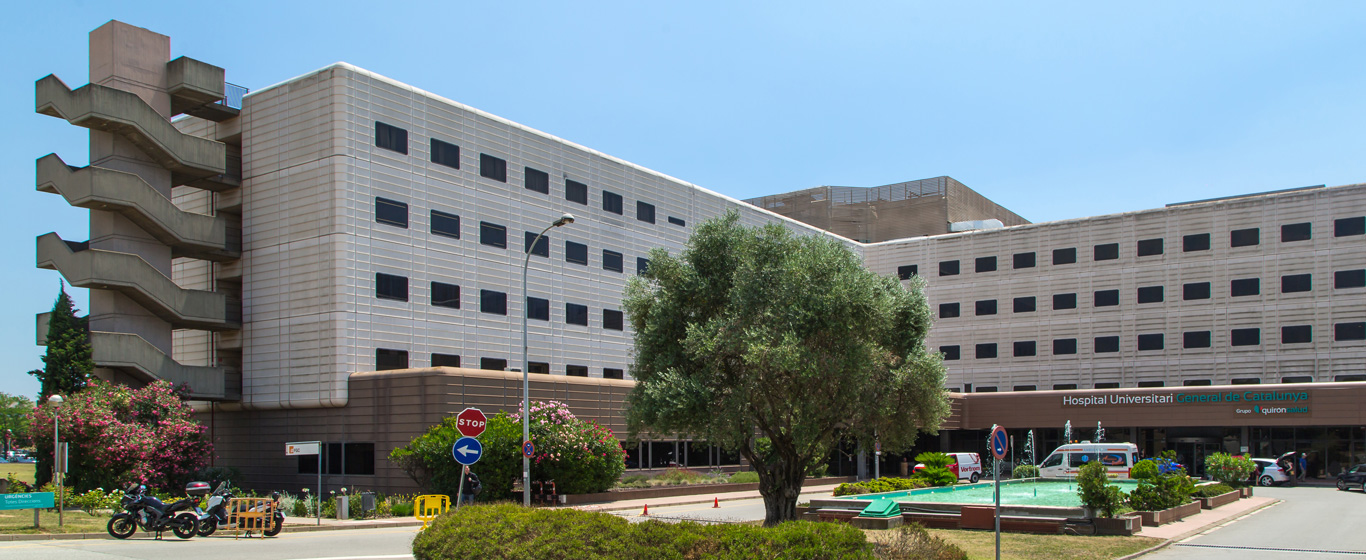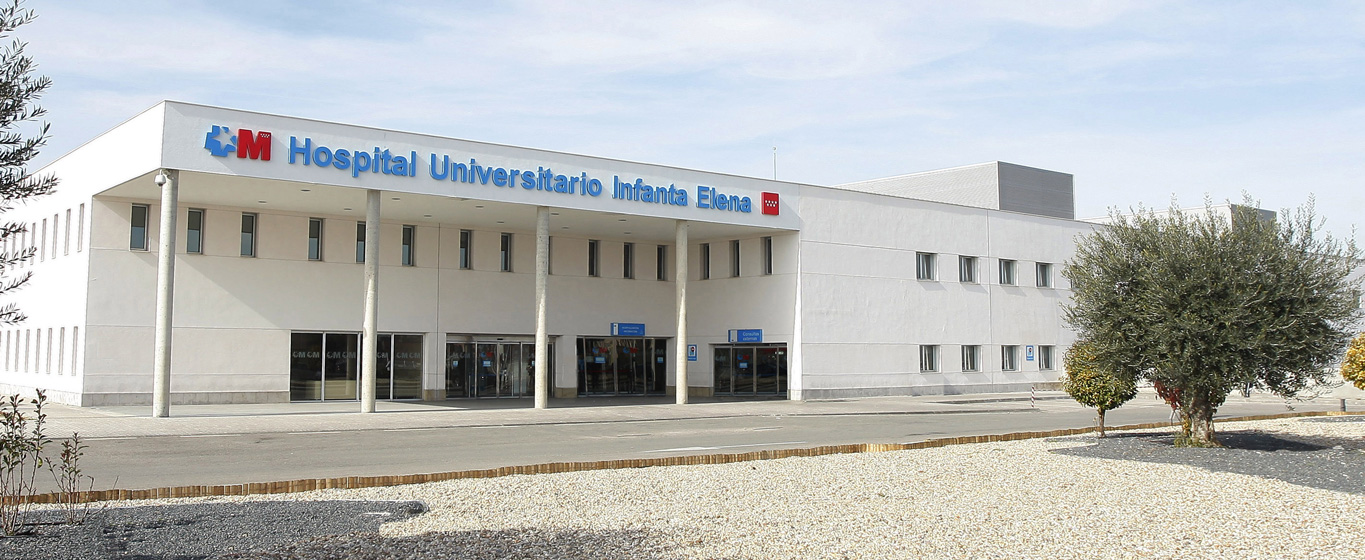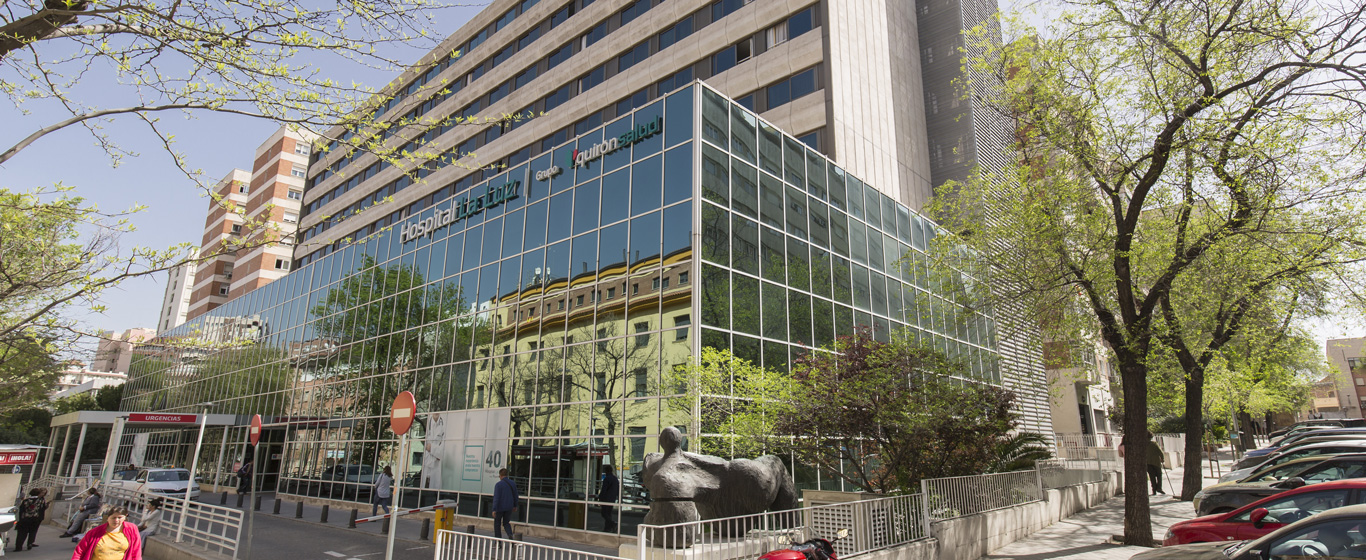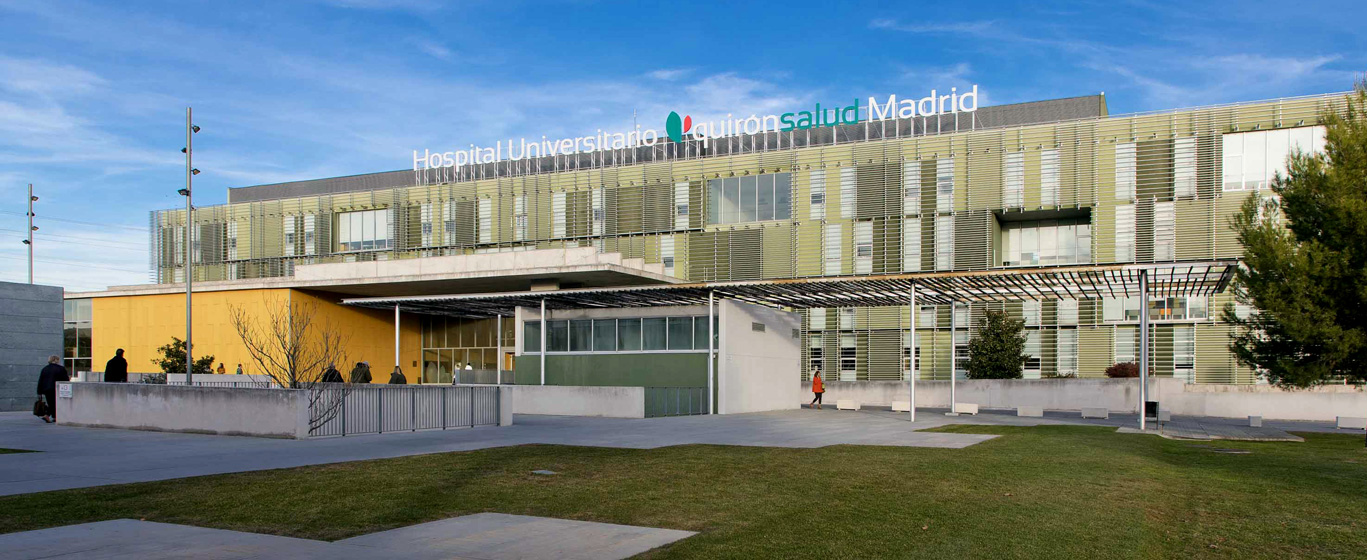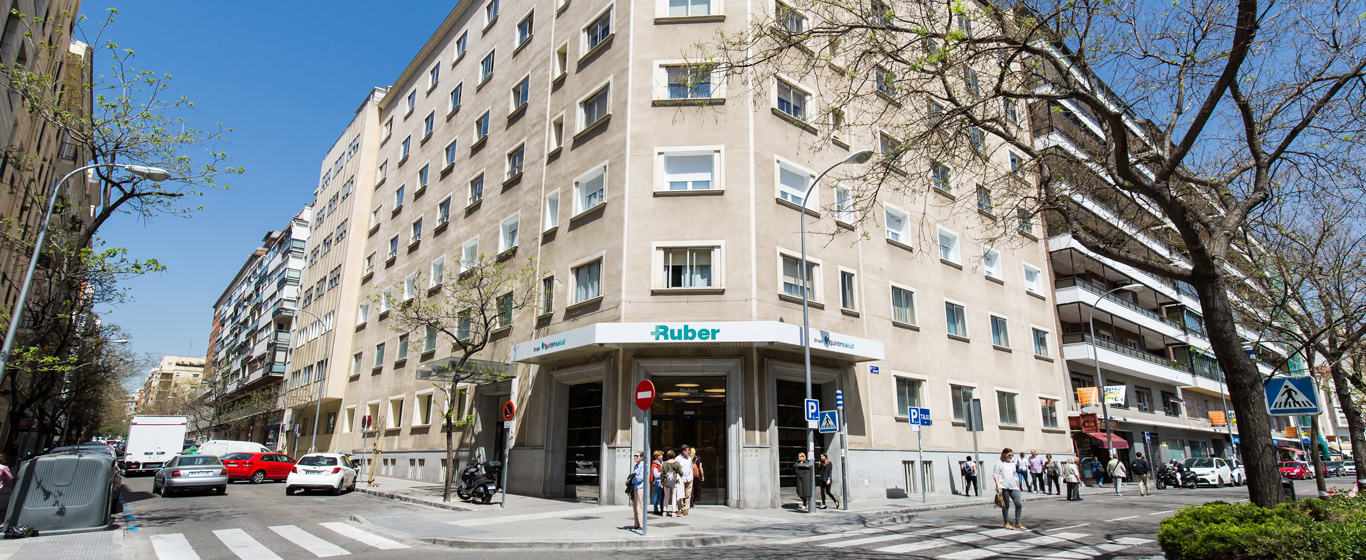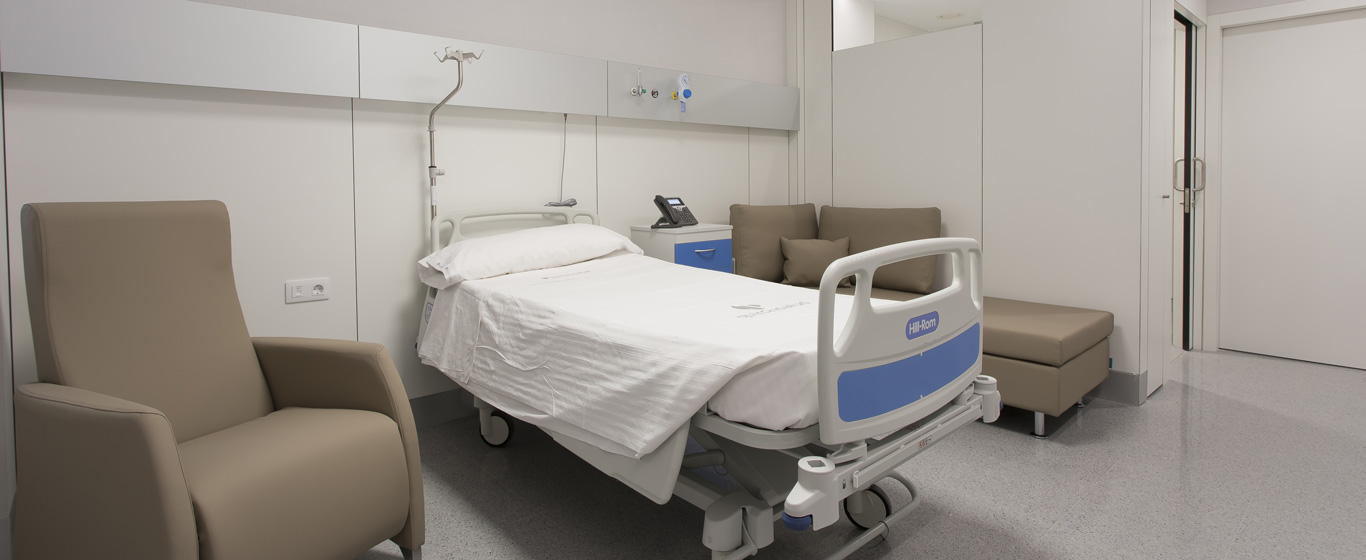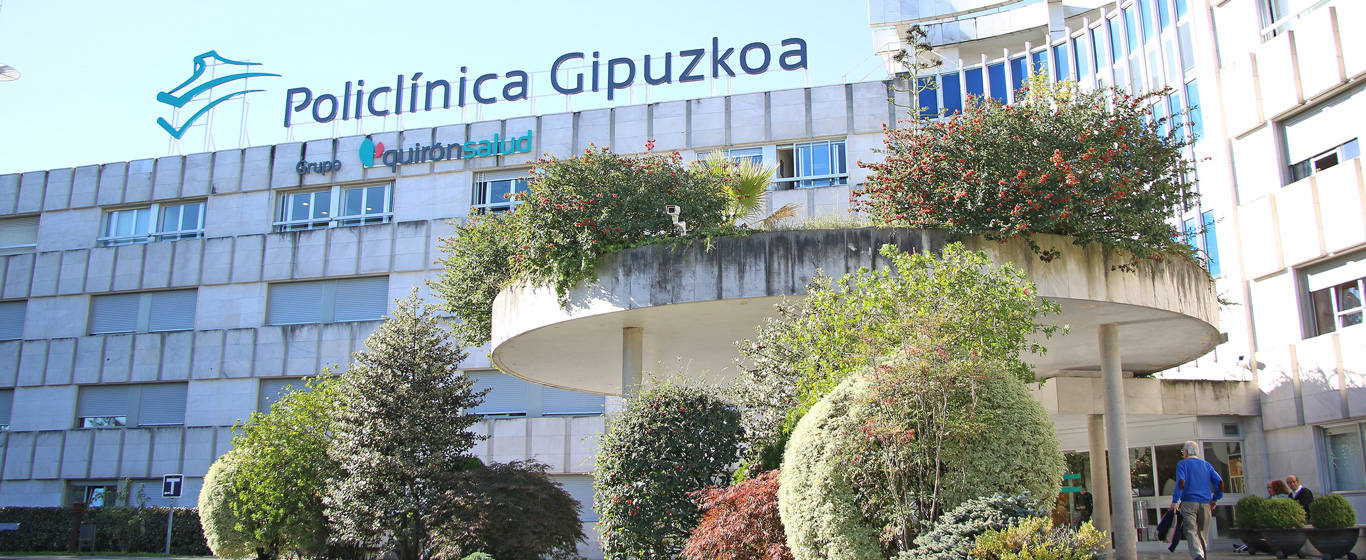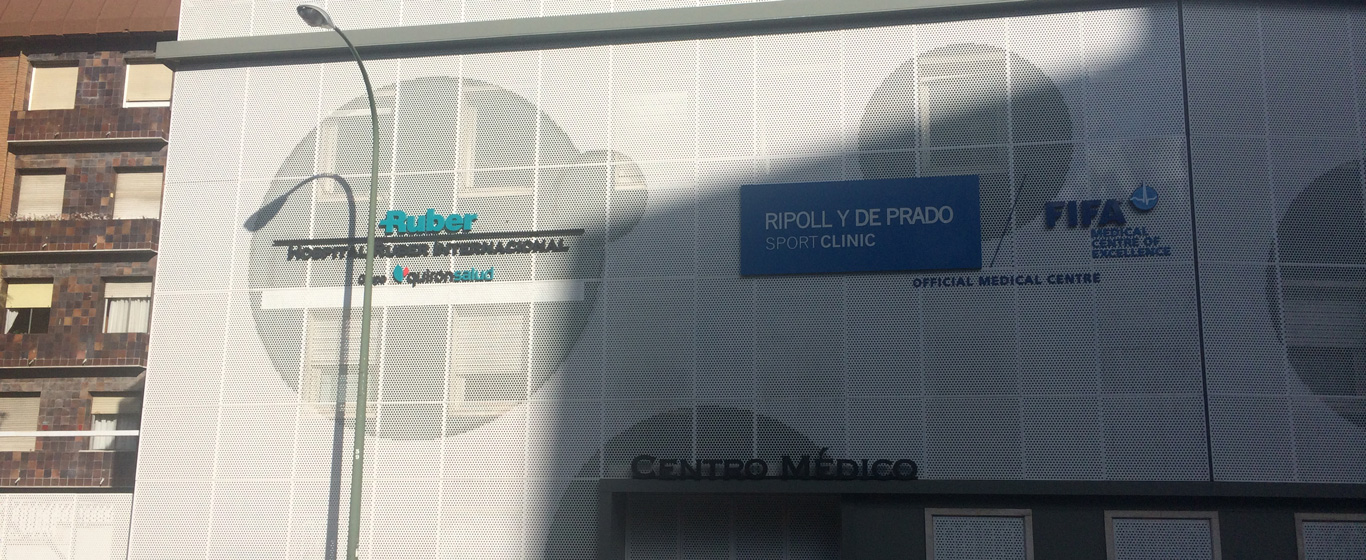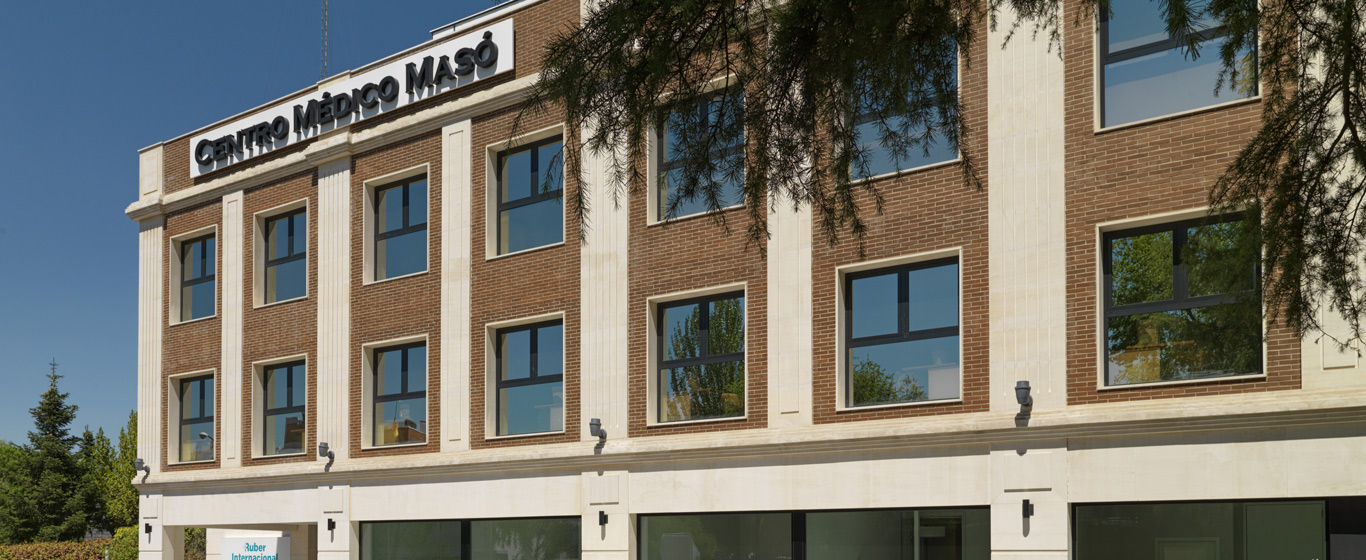Lumbar Computed Tomography (CT) Scan
Lumbar CT scan provides detailed images of the lower spine obtained through X-rays taken from multiple angles. It is a diagnostic test that also aids in surgical planning.

General Description
Lumbar computed tomography (CT) is a diagnostic test used to study the lower portion of the spine. This procedure uses X-rays to obtain cross-sectional images of the lower back, typically covering the lumbar vertebrae (L1–L5), and often including the sacrum in lumbosacral scans.
Structures visible on a lumbar CT include:
- Bone tissue: vertebrae.
- Nervous tissue: spinal cord, intervertebral nerves, and nerves within the spinal canal.
- Fibrocartilaginous tissue: intervertebral discs.
- Soft tissues: muscles and ligaments.
Lumbar CT is essential for diagnosing various spinal conditions and for planning surgical interventions. It is commonly part of preoperative evaluation.
When is it indicated?
Lumbar or lumbosacral CT is indicated for patients presenting symptoms or clinical suspicion of:
- Herniated disc.
- Spinal cord injuries.
- Bone fractures.
- Congenital defects.
- Bone deformities.
- Lumbar spinal stenosis: narrowing of the spinal canal compressing nerves.
- Spondylolisthesis: vertebral slippage over an adjacent vertebra.
- Ankylosing spondylitis: chronic inflammatory disease affecting spinal joints, primarily in the lumbar region.
- Spondylodiscitis: progressive inflammation of intervertebral discs.
- Spondylosis: progressive wear of intervertebral discs.
X-ray-based scans are contraindicated during pregnancy and lactation. Pediatric cases require tailored dosing and evaluation.
Contrast agents are discouraged in patients with kidney, heart, or thyroid disorders.
How is it performed?
The lumbar CT procedure includes:
- The patient lies supine on a scanning table. If contrast is needed, it is injected into a peripheral vein.
- The table moves into a tubular scanner emitting X-rays.
- The machine rotates around the patient, capturing images from multiple angles while the table moves back and forth.
- Radiation passes through tissues; the computer translates this into images, with tissues absorbing less radiation appearing darker and those absorbing more appearing lighter.
- Each individual image represents a 2D slice between 1 and 10 mm thick. Combining all slices produces a 3D representation.
Two types of lumbar CT are possible:
- Non-contrast CT: images the spine without contrast agents.
- Contrast-enhanced CT: a contrast medium highlights certain tissues, such as blood vessels, tumors, inflammations, or infections, which appear brighter and more defined.
Risks
Lumbar CT uses minimal radiation, typically about 1.4 millisieverts—equivalent to six months of natural background radiation. While generally safe, repeated exposure may increase cancer risk over time.
Rarely, contrast agents can cause allergic reactions such as itching, redness, or headache. In extremely rare cases, reactions can be life-threatening.
What to expect during a lumbar CT
The patient changes into a hospital gown and removes metal items including glasses, hearing aids, and dentures.
If contrast is administered, a mild needle prick is felt followed by possible sensations of rapid heartbeat and intense warmth in the arm, chest, and genital area—these symptoms typically subside within minutes.
The patient is left alone during scanning to avoid radiation exposure but is continuously monitored via intercom.
The scanner produces some noise while rotating and the exam lasts 10 to 20 minutes. Patients must remain as still as possible to ensure image clarity.
After the scan, normal activities can be resumed immediately.
Specialties requesting lumbar CT
Lumbar CT is performed in radiology departments to assist orthopedic surgeons, traumatologists, neurosurgeons, neurologists, and pediatric neurologists in patient diagnosis and treatment planning.
How to prepare
Fasting is only necessary before a lumbar CT with contrast; no food or liquids should be consumed 4 to 6 hours prior.
Patients should wear easily removable clothing and avoid metal objects, as metallic items are not allowed in the radiology room. Since some cosmetics contain metals, it is advisable not to wear makeup.




